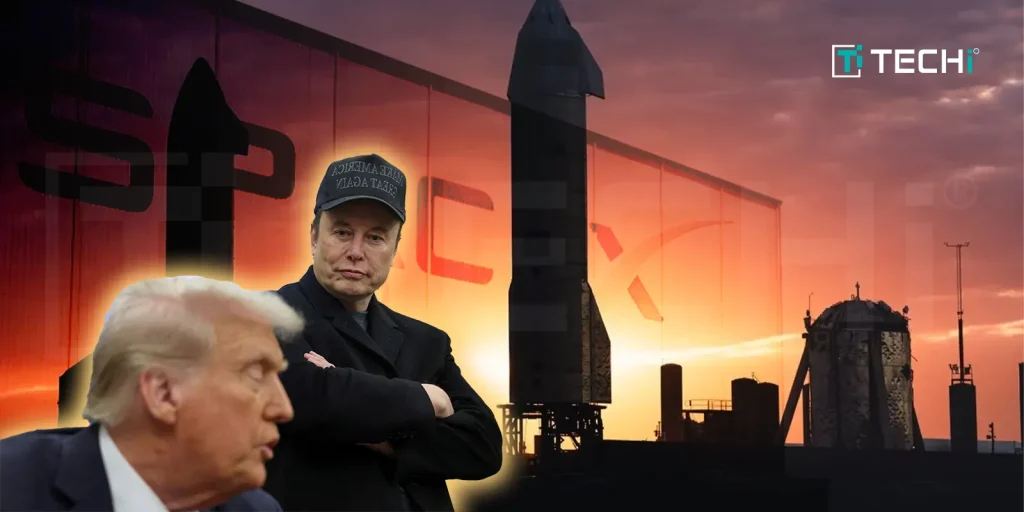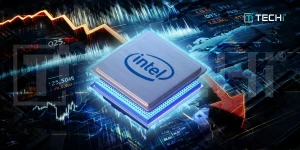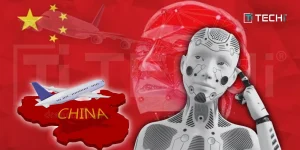“You are fired!” seems to be apparently the new in-flight announcement. As Commercial aviation is the art of balancing both technological precision along with human expertise, what happens when one end of the equation is suddenly compromised overnight? The most recent mass firings at the Federal Aviation Administration (FAA), which have taken place alongside the introduction of yet an undefined role for SpaceX in the future of air traffic control, have raised eyebrows, sparked debates, and left a lot of people wondering if the skies have suddenly perhaps became a bit more turbulent.
According to a CNN source, the Trump administration has dismissed hundreds of Federal Aviation Administration (FAA) employees assigned to critical air traffic control infrastructure. The terminations began late Friday night, just as SpaceX, under Elon Musk, was contracted to assist with developing an entirely new air traffic control system.
Mass Firings:
The number of affected workers is still unknown. However, the union representing the employees, the Professional Aviation Safety Specialists (PASS), noted that among them were mainly terminations due to probationary employees. These were newly hired employees who had yet to complete at least a year of duty since employment. Notably, these are not air traffic controllers, as the sector is already plagued by a shortage of staff due to resignations and retirements.
As reported by Dave Spero, president of PASS, “the employees were fired without cause nor based on performance or conduct. The emails didn’t come from a government email address; they came from an exec order Microsoft email address”. These employees belonged to professionals whose work includes maintenance on FAA radar equipment, landing systems, and navigation aids. An anonymous air traffic controller disclosed to the Associated Press that the layoff also affected aircraft certification specialists, aviation technical system experts, engineers, architects, and flight procedures teams. Galen Munroe, Deputy Director of Public Affairs at the National Air Traffic Controllers Association (NATCA), confirmed that the layoffs reached across several essential aviation safety roles.
Safety Concerns:
Congress has been pushing for years for the FAA to deal with the systemic problems posed by recurring near-misses and the modernization of its infrastructure. In spite of alarm bells rung by aviation experts, the agency has been negligent in facilitating any of the most needed safety upgrades.
This wave of firings follows a crash that occurred over Washington National Airport this January. A single controller was responsible for helicopter and commercial airline traffic at the heavily trafficked airport, and several other aviation accidents have followed since. Nick Daniels, President of NATCA, said, “We will analyze the effect of these terminations on aviation safety and the national airspace system. It’s a sad day for those who chose to serve in aviation safety and public service, only to have their careers cut short.”
SpaceX and the Future of Air Traffic Control:
Just days after the Washington D.C crash, Musk took to X (formerly Twitter) to announce that Trump’s Department of Government Efficiency (DOGE) had approved efforts to “make rapid safety upgrades to the air traffic control system.” However, there have been no further details made available by either Trump or Musk on the expected upgrades.
Secretary of Transportation Sean Duffy posted on X that, “On Monday, members of Musk’s SpaceX team were at the Air Traffic Control System Command Center in Virginia. The purpose of the visit was to allow SpaceX to get a firsthand look at the current system, learn what air traffic controllers like and dislike about their current tools, and envision how we can make a new, better, modern, and safer system.”
While it seems that SpaceX may have added modernizing air traffic control to their portfolio, recent mass firings raise a lot of concerns regarding immediate risks to safety and disruption to air traffic operations. The involvement of SpaceX introduces uncertainty but also excitement for the future of air traffic control which could lead either to innovations or to turbulence. For now, travelers and industry experts alike will keep their seatbelts fastened and tray tables locked, watching closely to see if this new trajectory opens up with a clear sky or causes another chaos. While the implications of such a decision are being debated by various industry experts and policymakers, the future of American air traffic control seems far from certain.
Read More: Elon Musk’s AI Revolution Continues as xAI Unveils Grok 3 AI Model




